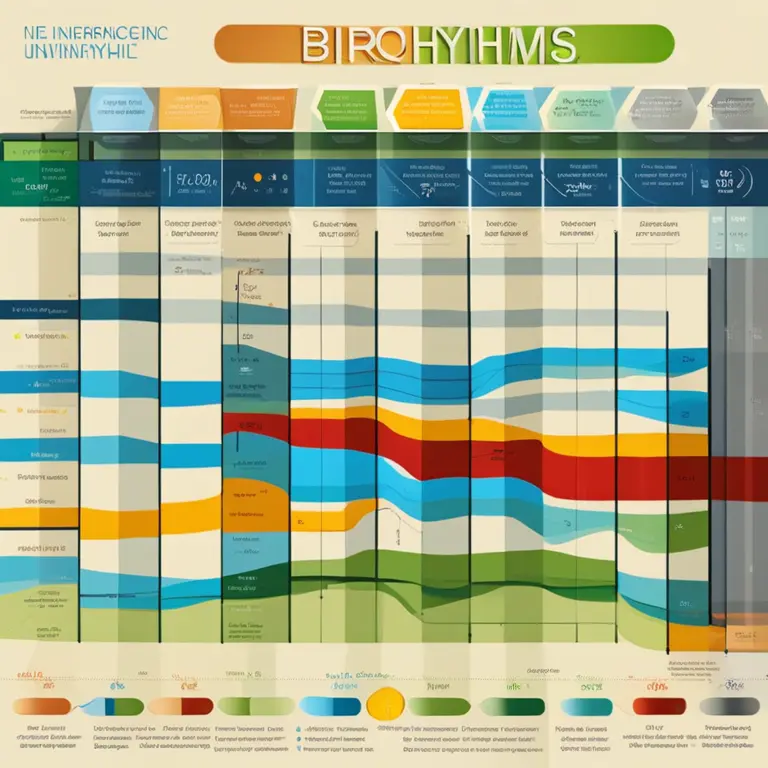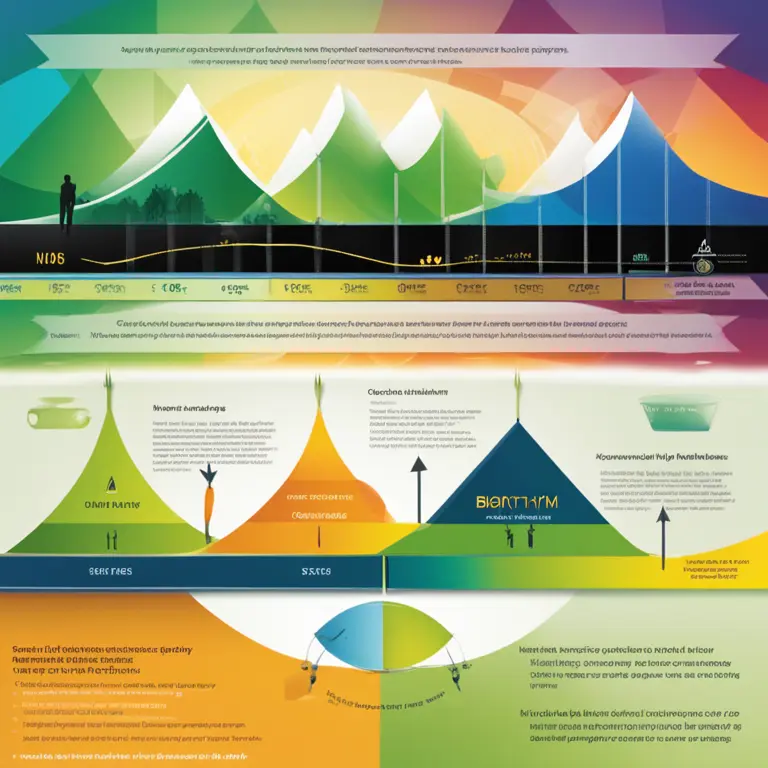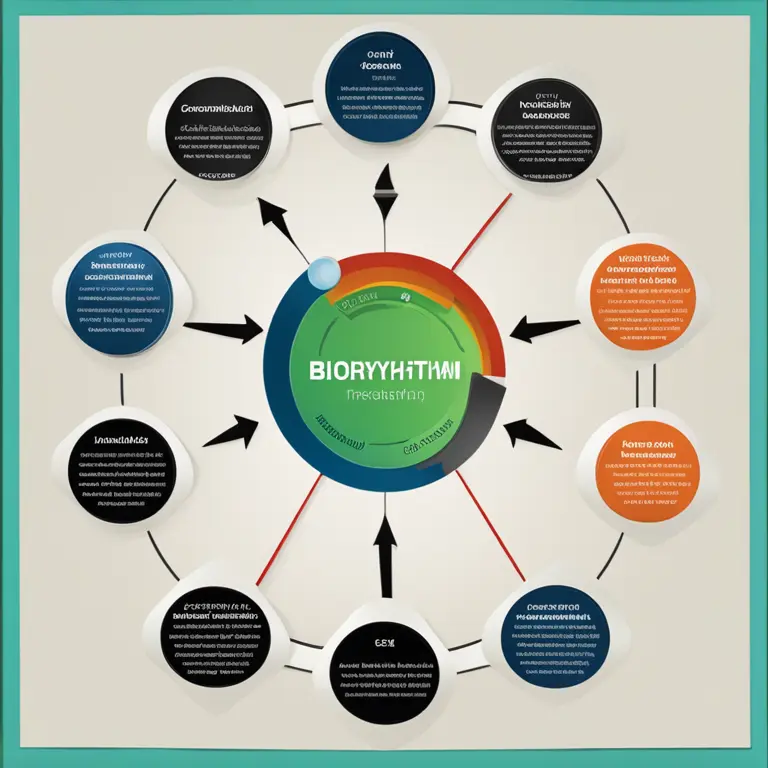
The Rhythm Within: A Guide to Human Biorhythms
Discover the intricate cycles of human biorhythms and how they influence our daily lives and personal well-being in this comprehensive article.
article by Adrian Wallace
An Introduction to Biorhythms
Humans have long been fascinated by the patterns that govern life. Biorhythms are considered one of these fundamental patterns, suggesting that our physical, emotional, and intellectual abilities operate in cyclical waves. These rhythms are thought to start at birth and oscillate in predictable patterns throughout our lifespan. Understanding these cycles can give us insight into our personal fluctuations, potentially helping us to anticipate and respond to challenges in our physical, emotional, and intellectual states.

Three Primary Cycles
Typically, biorhythms are divided into three primary cycles: the physical (23 days), the emotional (28 days), and the intellectual (33 days). Each of these cycles oscillates between a positive phase, where abilities are heightened, and a negative phase, where they decline. Advocates of biorhythm theory argue that by tracking these cycles, individuals can better plan their activities, from critical decision-making and physical activities to understanding emotional interactions with others. Consequently, awareness of biorhythms is often cited as a tool for personal optimization.

Scientific Scrutiny and Public Perception
The concept of biorhythms has experienced various levels of acceptance and skepticism. While early studies lacked empirical evidence, recent advances in chronobiology and endocrinology have given new life to the examination of cyclic patterns in humans. Despite skepticism in the scientific community, biorhythm theory has gained popularity, especially in the realm of self-help and personal development. Tools for tracking these cycles have become increasingly accessible, with digital platforms and mobile apps allowing individuals to explore their personal rhythms with ease.

Applications and Considerations
Proponents of biorhythms suggest that this knowledge can be applied in diverse areas such as sports training, academic study, and even financial planning. For instance, acknowledging one's physical cycle might help in scheduling surgeries or training regimens. Meanwhile, understanding emotional and intellectual rhythms could inform the timing of academic tests or negotiations. However, it's essential to consider these cycles as indicative rather than prescriptive, and to approach biorhythm tracking with a balanced view, especially given varying individual responses to such patterns.

Technological Advances and Future Trends
As technology proliferates into every aspect of our lives, the tools we use to monitor and analyze biorhythms are becoming more sophisticated. Wearable tech, with sensors and AI integration, can track physical parameters in real-time and alert users to their cyclic patterns. The incorporation of big data analytics and machine learning can potentially personalize biorhythmic predictions with unprecedented accuracy. As we advance beyond 2024, these technologies may take our understanding of human biorhythms from a broad concept to a detailed and tailored personal health narrative.
Cautious Optimism for the Future
While excitement around biorhythms is palpable, it's vital to navigate the field with cautious optimism. Scientific validation remains a benchmark for widespread acceptance, and as such, rigorous research is necessary. Whether biorhythms will remain an alternative niche or become a staple in personalized medicine and wellness is uncertain. But the persistence of interest in this field suggests that our rhythms, much like the beating of our hearts, hold an allure that continues to inspire further exploration and discovery.
Published: 1/30/2024
Modified: 1/30/2024
More predictions
Come back here soon to learn more about yourself and your future


Sync Your Cycles for Harmony With Biorhythms
Delve into the synchronization of personal biorhythms to enhance relationship compatibility and understand its role in fostering deeper connections.


Biorhythm Compatibility: Sync Your Cycles for Harmony
Discover the intriguing connection between biorhythms and relationship harmony. Learn how syncing your biological cycles can foster deeper compatibility.


The Rhythms Concept: A Guide to Biorhythms
Discover the intriguing concept of biorhythms: the cyclic patterns influencing our physical, emotional, and intellectual states.